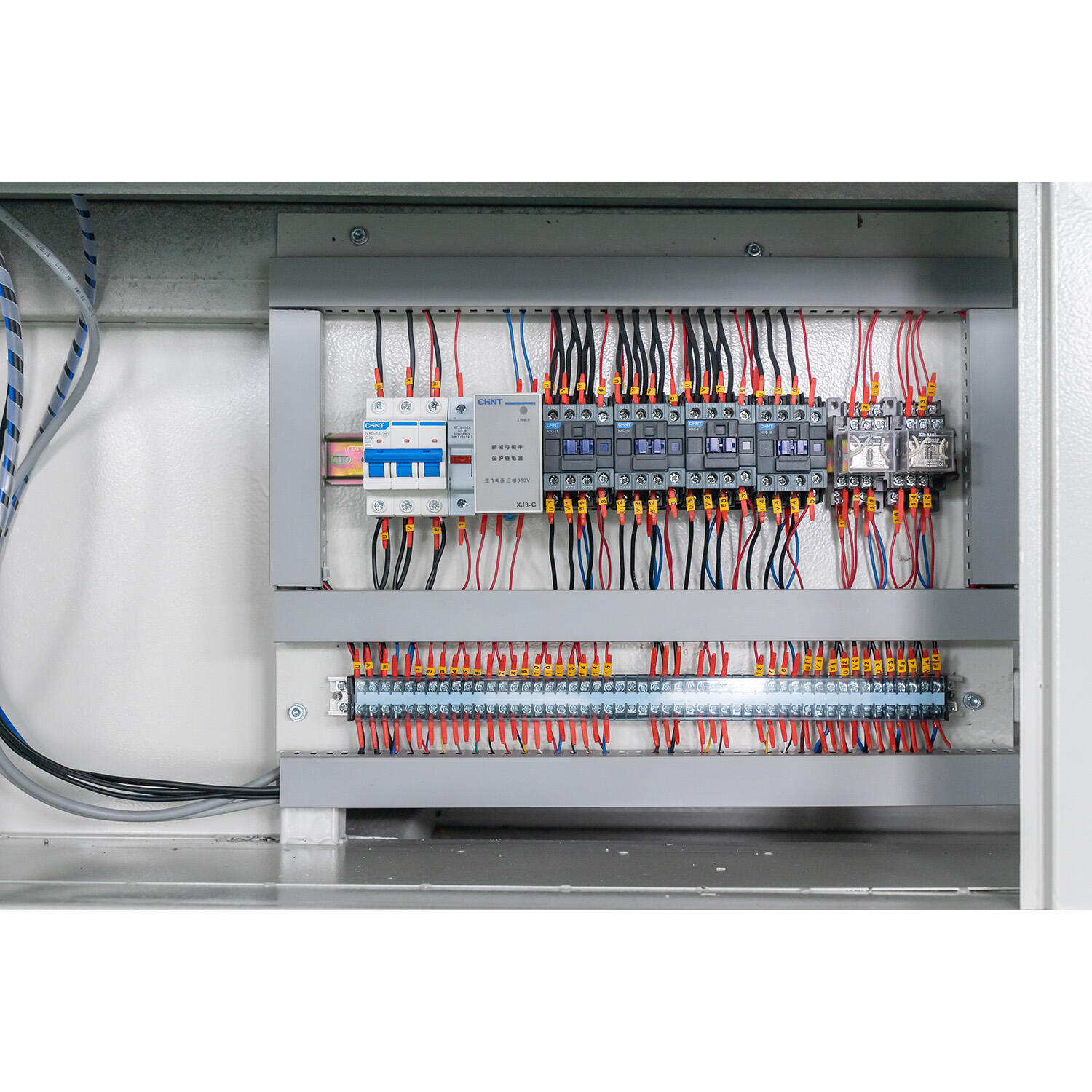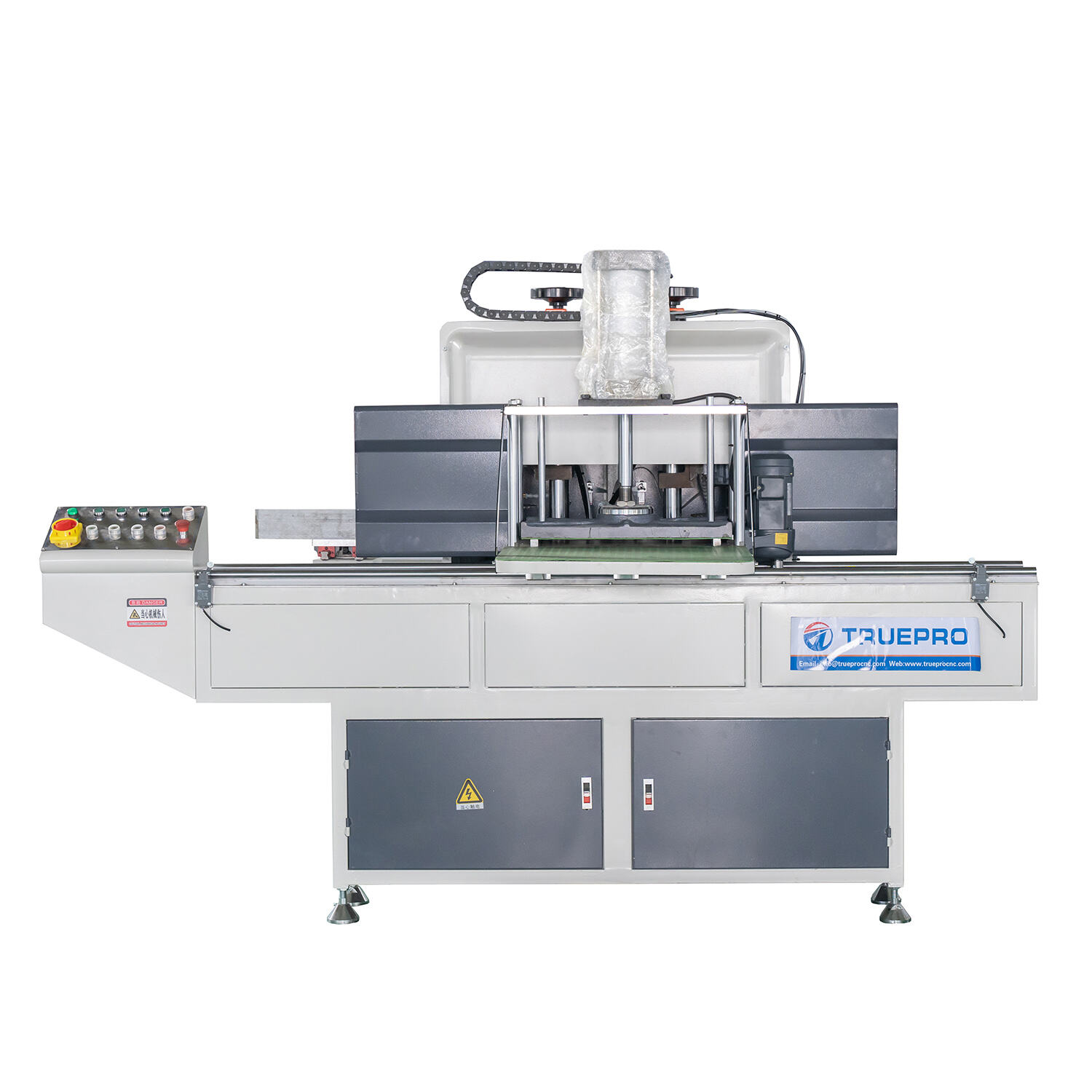Core Mechanisms of End Milling Machines in Aluminum Finishing
End mill machining aluminum block material introduces the raw material aluminum and the precision mechanical action to work. A rotating cutting tool with flute geometry developed for this type of machining cuts the workpiece, shaving off material with the help of one of patented element´s geometry management control of chip formation... which is super important for the low melting point of aluminum. High (40°–45°) helix angles provide high lift for efficient chip removal, minimizing the negative effects of rewelding, and 3-flute designs provide a balance between chip clearance and tool rigidity. Sharp edges with polished flutes reduce friction, replacing the aluminum's "built-up-edge" with a lubricated edge that reduces friction and helps prevent the material from flaking.
Key functional elements include:
- Chip Evacuation: Helical flutes spiral debris upward to avoid cutting-zone clogging
- Thermal Regulation: Specialized coatings like ZrN dissipate heat 30% faster than untreated tools
- Shearing Precision: Acute cutting-edge angles (<35°) reduce post-processing burr removal by up to 80%
Optimal finishing balances aggression and finesse—excessive down force induces vibration, while insufficient engagement accelerates edge chipping. Machine rigidity maintains ±0.01 mm dimensional consistency.
Flute Count Optimization for Efficient Material Removal

Fewer flutes (2–3) provide larger chip gullets for high-volume removal, while higher counts (4+) enable finer finishes. Three-flute designs strike the ideal compromise, producing surface roughness (Ra) under 0.4 μm in finishing passes.
Helix Angle Dynamics in Aluminum Cutting Operations
Angles of 40°–55° govern chip flow and cutting forces. Steeper angles (>45°) excel in finishing by lifting chips rapidly, reducing friction by 30%. Soft alloys like 6061 benefit from 45°–48° angles, while harder grades (e.g., 7075) require 50°–55° configurations to prevent built-up edge.
Specialized Coatings for Thermal Management
Titanium Diboride (TiB₂) offers 3× longer tool life in high-speed applications, reducing friction temperatures by 200°F. Diamond-Like Carbon (DLC) coatings provide ultra-low friction (0.05–0.1), preventing material transfer. Uncoated polished tools work for short operations, but coatings universally improve finishes by redirecting heat and reducing galling.
Precision Cutting Parameter Settings in End Milling Operations
Speed-Feed Rate Calibration for Mirror Finishes
18,000–24,000 RPM with feed rates of 0.05–0.12 mm/tooth minimizes deflection while preventing built-up edge. Exceeding 0.15 mm/tooth at 30,000 RPM increases vibrations by 62%, causing chatter marks. Modern CNC controllers use adaptive feed algorithms to improve surface roughness by up to 0.2 μm.
Depth of Cut Optimization Strategies
Strategic depth of cut (DOC) impacts surface quality and tool longevity.
| Parameter | Optimal Range (Aluminum) | Surface Finish Impact | Tool Stress Factor |
|---|---|---|---|
| Axial DOC | 0.5–1.2× tool diameter | ±0.8× reduces tool flex | 35% lower fatigue |
| Radial Engagement | 30–50% of cutter width | Uniform texture maintenance | 22% heat reduction |
Shallow axial cuts (0.3–0.5 mm) with 70% radial stepover reduce recutting by 41%. For roughing, 2.5 mm axial DOC with 15% radial engagement maximizes removal without exceeding tool stress thresholds.
Advanced Geometry Parameters in End Mill Tooling
Edge Preparation Techniques for Clean Cuts
Sharp edges with 20–30 micron honing reduce cutting forces by 15–20%. Relief angles of 6–8° prevent tool rubbing, aiding chip evacuation. Improper edge rounding increases burr formation by 2.3× in aluminum.
Radial Rake Angle Impacts on Surface Texture
Radial rake angles of 8–12° optimize finishes by reducing cutting resistance and heat. Positive rakes lower temperatures by 80–120°C, minimizing built-up edge. High-speed operations (>15,000 RPM) benefit from slightly negative angles (-2°) for cast alloys to prevent chipping.
Revolutionizing Aluminum Finishing Through High-Speed End Milling Techniques
High-speed machining (HSM) achieves surface roughness under 0.4 μm Ra at speeds exceeding 15,000 RPM, reducing production time by 50-70%.

Vibration Control in High-Speed Machining
Modern solutions include:
- Variable-pitch geometries disrupting resonance
- Vibration-damped toolholders absorbing 70% of harmonic energy
- Helix angles >45° distributing cutting forces
Chip Evacuation Solutions for Continuous Cutting
Effective methods include:
- 3-flute designs with deep grooves increasing chip space by 130%
- High-pressure coolant (1,000+ PSI) reducing recutting by 85%
- Polished AlCrN coatings lowering friction
Industry Paradox: Speed vs. Tool Wear Balance
Critical thresholds in HSM:
| Cutting Speed Increase | Wear Rate Multiplier | Surface Finish Impact |
|---|---|---|
| +25% | 1.8× | Negligible |
| +50% | 3.5× | >0.2 μm Ra degradation |
Diamond-simulated carbon coatings extend tool life 200% at 800+ m/min, while balanced feed rates (0.15 mm/tooth) prevent crater wear without sacrificing productivity.
FAQ
What is the optimal flute count for aluminum end milling?
Three-flute designs offer the optimal balance between chip clearance and fine finishes, allowing for surface roughness under 0.4 μm.
Why are helix angles important in aluminum cutting?
Helix angles of 40°–55° are crucial for efficient chip removal and reducing cutting forces, aiding in better finishes and preventing built-up edges.
How do coatings help in end milling aluminum?
Specialized coatings like TiB₂ and DLC reduce friction and dissipate heat, extending the tool life and improving surface finishes.

